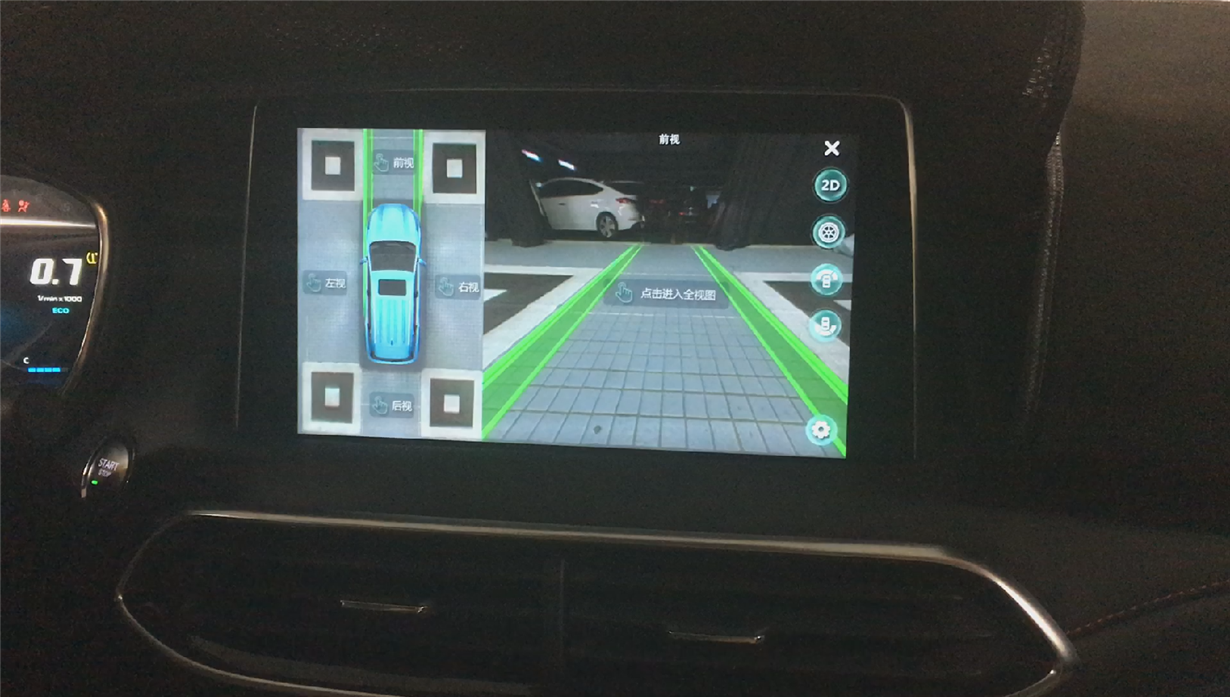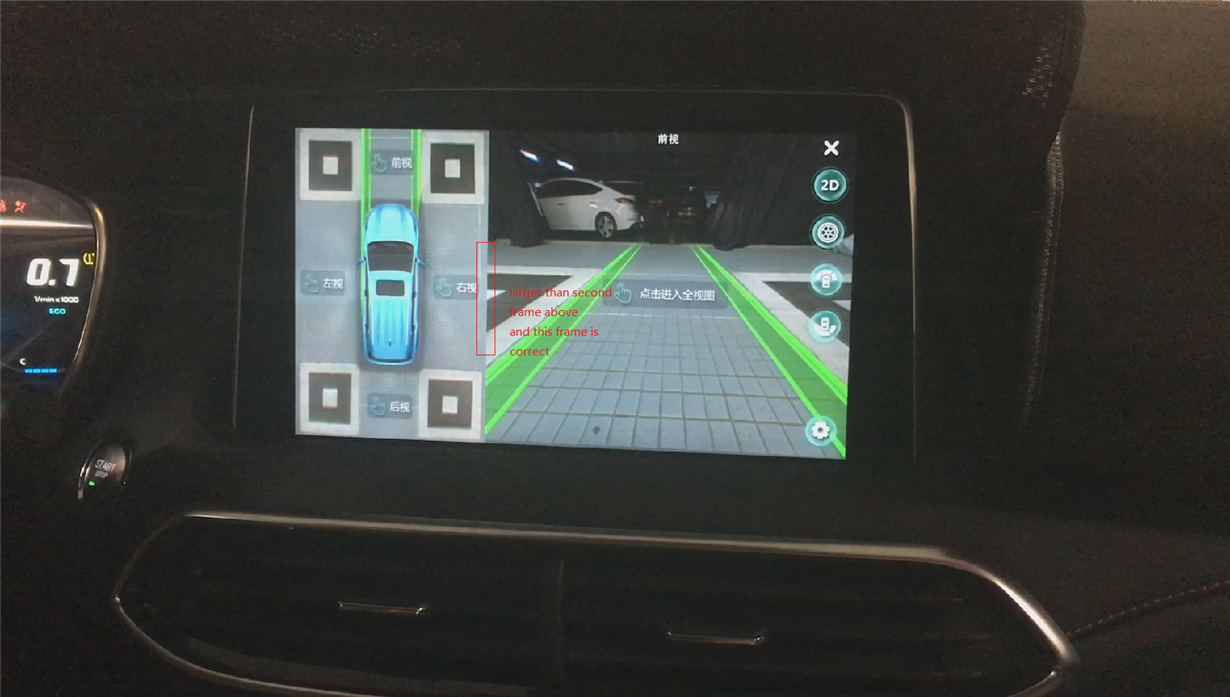Tool/software: Linux
Our product runs well with 60000 triangle,and the fps is 16.
But when we render 600000 triangles, some strange rendering images comes out
I want to konw what will casue such kind of image, as I konw too much triangles will only effect the fps, but not the rendering result.





